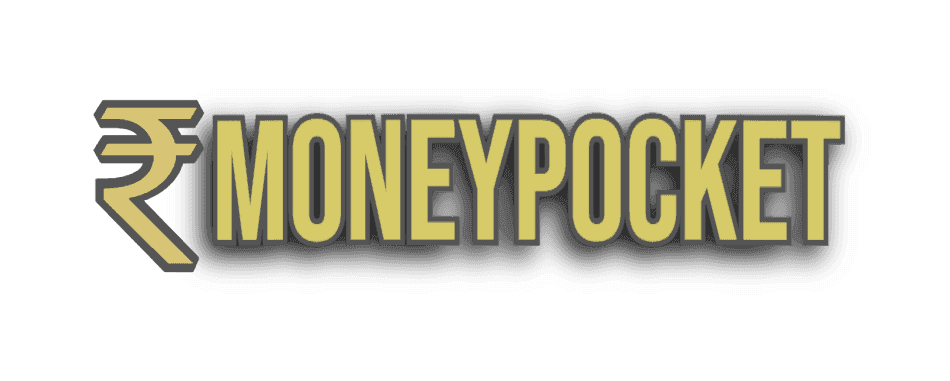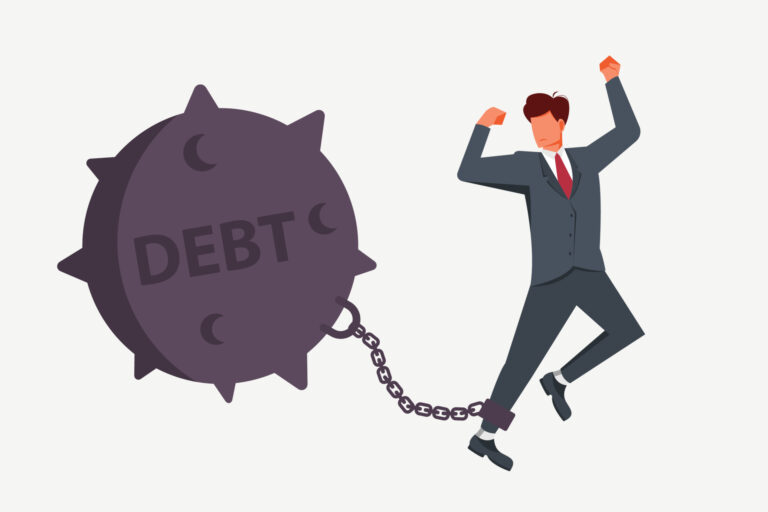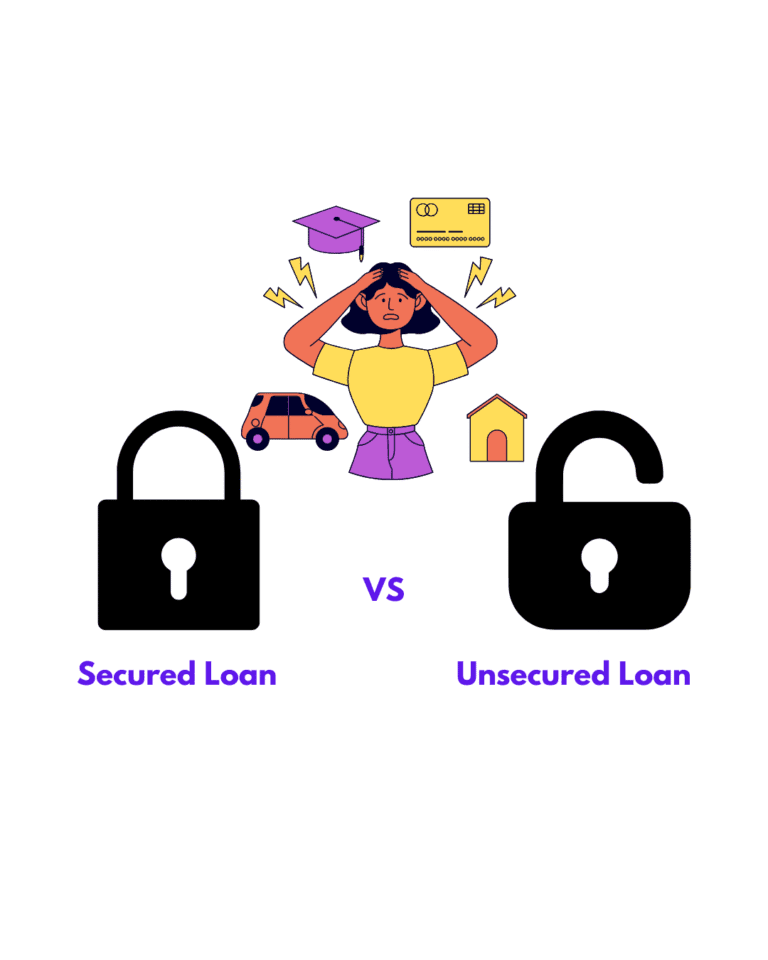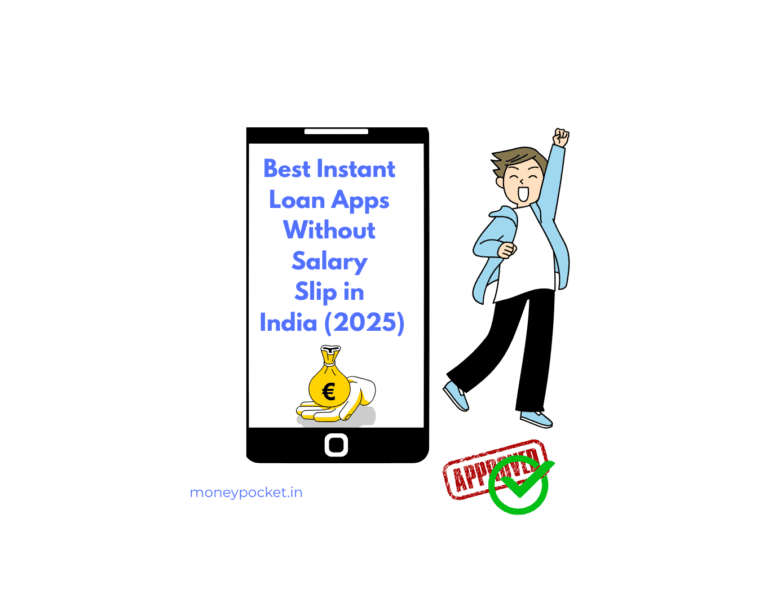How to get personal loan at low interest in India
Getting a personal loan at a low interest rate in India can save you thousands of rupees over time. In 2025, lenders are offering competitive rates—but only to smart borrowers. In this guide, we’ll show you how to get a personal loan at low interest in India
Many borrowers end up paying 12–24% interest annually on personal loans, which turns into a big financial burden over time. The good news? It’s possible to get a personal loan with a low interest rate, if you know how the system works and plan smartly.
In this post, we’ll explore proven ways to get the lowest possible interest rate on your personal loan in India, supported by real-life insights and tips you can implement immediately.
1. Know What Impacts Your Personal Loan Interest Rate
Before we jump into how to reduce your loan interest rate, it’s important to understand what factors lenders look at when deciding your rate:
- Credit Score (CIBIL Score): Higher score = lower interest.
- Income Level: Higher, stable income lowers your risk.
- Repayment History: No defaults = better chances.
- Employer Reputation: Employees from MNCs, government, or PSU companies are usually considered low-risk.
- Loan Tenure: Shorter tenure = lower interest, generally.
- Existing Relationship with the Lender: Existing customers often get better deals.
Now let’s look at how you can use these factors to your advantage.
2. Improve Your CIBIL Score Before Applying
This is the #1 factor lenders check.
If your score is 750 or above, you’re more likely to get the lowest rate possible. A score below 700 can increase your interest rate by 3–5%, or even result in loan rejection.
Quick tips to improve your CIBIL score:
- Pay credit card bills and EMIs on time.
- Keep credit utilization below 30%.
- Don’t apply for too many loans at once.
- Check your credit report for errors (you can get a free report at CIBIL or Paytm).
Example:
A software engineer from Hyderabad, raised his credit score from 680 to 762 in 6 months by simply clearing his credit card dues on time. When he finally applied for a personal loan of ₹3 lakhs, he got an offer from HDFC Bank at 10.75%, compared to 14.5% quoted earlier when his score was low.
3. Choose the Right Bank or NBFC
Interest rates can vary significantly across lenders. While public sector banks like SBI, Bank of Baroda, and Union Bank offer rates starting at 9.90%, private banks and NBFCs may start at 10.25% to 15% based on your profile.
Compare offers using:
- Bank websites
- Financial marketplaces like BankBazaar, PaisaBazaar, Cred, and Groww
- Your net banking account (many banks show pre-approved offers)
Pro Tip:
Public sector banks often give better rates to salaried professionals, especially central/state government employees.
4. Go for a Pre-approved Loan Offer
If your bank or credit card provider is offering a pre-approved personal loan, it usually means:
- The interest rate is lower than usual
- Disbursal is faster (often same-day)
- Fewer documents are needed
However, always check the terms and calculate the total cost before accepting.
5. Opt for a Shorter Tenure (If You Can Afford the EMI)
While longer loan tenures reduce your monthly EMI, they often increase your total interest paid.
Let’s take an example:
Loan Amount | Interest Rate | Tenure | EMI | Total Interest Paid |
₹3,00,000 | 11.5% | 3 years | 3 years | ₹55,320 |
₹3,00,000 | 11.5% | 5 years | ₹6,609 | ₹96,540 |
Even though the EMI is easier with a 5-year tenure, you end up paying ₹41,220 more in interest.
6. Apply Jointly with a Co-applicant
Applying with a co-applicant (spouse, parent, or sibling) who has a good credit score and stable income can improve your loan eligibility and reduce the interest rate.
This especially helps if your own credit score is moderate or if your income is inconsistent.
7. Show All Sources of Income
Don’t limit your income proof to just salary slips. If you earn from freelancing, rent, dividends, or a side business, mention that.
Lenders assess risk based on your repayment capacity. Higher declared income = lower risk = better rate.
8. Negotiate with Your Existing Bank
If you’ve had a good repayment history with your bank (home loan, auto loan, credit card), use that to negotiate.
Sometimes, a simple request through a relationship manager or phone call can help you secure a better rate than the advertised one.
9. Check for Seasonal or Festive Offers
Banks often announce festive discounts or zero processing fee offers during Diwali, New Year, or other peak seasons. Interest rates may also drop during RBI rate cuts.
If your loan is not urgent, wait for these periods to apply.
10. Use Online EMI & Loan Comparison Tools
Before applying, spend 15 minutes comparing different offers using online tools:
- PaisaBazaar EMI calculator
- BankBazaar loan comparison charts
- Cred loan section
- Google’s built-in loan calculator
Compare not just interest rates, but also processing fees, foreclosure charges, and penalty clauses.
Final Words: Be a Smart Borrower
It’s easy to click a button and apply for a personal loan online today. But if you blindly accept the first offer, you may end up overpaying thousands of rupees in unnecessary interest.
Spend some time checking your credit score, comparing lenders, and preparing your documents. A little preparation today can save you ₹10,000–₹30,000 or more in the long run.
Summary Checklist – How to Get the Lowest Interest Personal Loan
- Improve CIBIL Score to 750+
- Compare lenders (PSU + private + NBFC)
- Prefer pre-approved or festive offers
- Show all income sources
- Apply jointly if needed
- Use shortest tenure you can afford
- Negotiate with your existing bank
If you found this article useful, share it with someone who’s planning to take a loan soon. And don’t forget to subscribe to MoneyPocket.in for more smart finance tips!








4 Comments